Do you need to eat 100% raw food for success? How much raw food is best?
Recently the New York Times ran an article in their online blog section entitled “Growing Up on Raw Foods” where the author discussed whether or not it is safe to raise children on a 100% raw food diet. I found this article to be very interesting for a number of reasons and I am so happy that it highlights some important factors to consider when transitioning to a raw food or vegan diet.
All information in this article is for educational purposes only.
It is not for the diagnosis, treatment, prescription or cure of any disease or health condition.
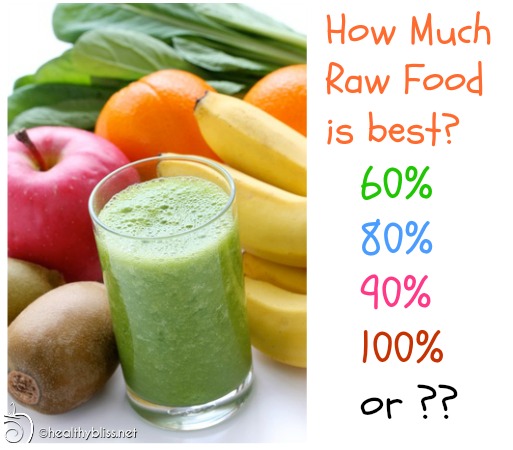
How much raw food do you need to eat for success?
Getting Iron and B12 on Vegan or Raw Foods
First, the author points out that children who eat a vegan or raw food diet have higher risk of anemia and vitamin B12 deficiency. As many of you know, I am a huge advocate of eating dark leafy green vegetables, which in my opinion, are the most important food to add to any diet, whether it be a vegan, vegetarian, gluten-free, Paleo, diabetic, heart healthy or weight loss diet. In fact, I wrote an article called My Boyfriend Followed my Raw Food Diet and Got Anemia to try and get people thinking about eating more leafy greens for a good vegan source of iron. B12 is also a valid concern (and actually meat eaters are often deficient in B12 too due to low absorption); for that I always recommend a high quality B12 supplement. Note: I do not recommend liquid B12 supplements because many people develop gum sensitivity and/or nerve pain in the teeth from B12 in liquid form.
Accepting your % of raw food
But, the highlight of this article for me was to read about how some well-known raw foodists are changing their 100% raw food status and are eating more cooked food in their diet:
“Some longtime raw-food evangelists are rethinking their devotion. Jinjee Talifero, who runs a raw-food education company with her husband, Storm, in Santa Barbara, Calif., was 100 percent raw for most of the last 20 years, until about a year ago, when financial and other considerations made it difficult to continue feeding their five children, ages 6 to 19, that way. “It was always like a borderline thing to keep enough weight on them,” she said, and getting proteins from cashews and almonds was proving too expensive.
Her children also ran up against social problems. “They were socially isolated, ostracized and simply left out,” said Ms. Talifero, who now incorporates cooked food in the family’s diet.
Sergei Boutenko, 29, a filmmaker in Ashland, Ore., ate only raw from 9 to 26, and for years his family preached the virtues of the diet. But, he said, “there was this constant hunger,” and the raw children he met seemed “underdeveloped and stunted.”
He now eats about 80 percent raw, with occasional meat and dairy. “When it takes 15 hours to make a raw food lasagna that wipes out two days of your life, it’s better to just make a vegan or vegetarian lasagna and move on with your day,” he said.”
The Daily Mail UK website had an article on raw food recently where Australian raw food advocate and follower of a fruitarian or 80-10-10 diet Freelee the Banana Girl explained that she remains ‘raw until four’ – meaning she eats no cooked or heated food until 4pm.
These articles make me so happy because finally, the raw food world seems to be letting go of the 100% perfect raw food pedestal. Even Gabriel Cousens (author of Conscious Eating) says that you can get the same results with eating an 80% raw food diet as you can with 100% raw food, but it will just take you a little longer to get there.
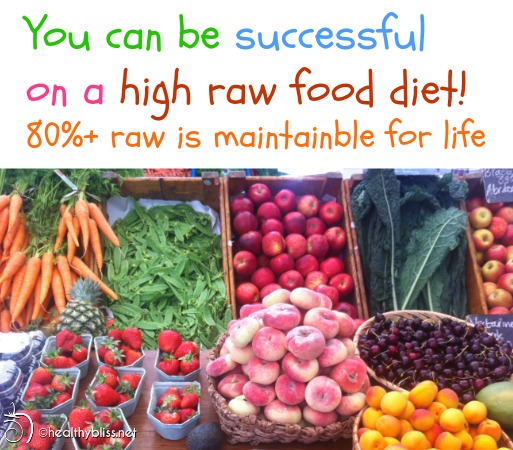
A high raw food diet is usually more than 2/3 or 66% raw food, and 80% is excellent
The conclusion: It’s ok to eat a high raw food diet, as long as you focus on quality of food and:
- Choose organic fruit and veggies wherever possible
- Prepare your food with loving intention
- Avoiding processed foods and chemical food additives
- Eat cooked food without guilt (because you are 100% human!)
- Cook your food in healthy ways without heated oils, frying or charring the food
Remember, balance is the key to success. As Dr. Bernard Jensen says, “One cup of coffee won’t kill you, but one glass of orange juice won’t cure you either.”
What’s my % of RAW?
I was 100% for 2 years until I started traveling more and then I dropped down to 90% raw to accommodate my schedule, eating plain steamed veggies, an occasional plain baked potato or organic brown rice. After 8 years on the raw food path, I now sit comfortably at a high raw food diet which means I eat 85-100% raw food. My daily diet consists of green smoothies, green juices, huge salads, sprouts, nuts, seeds, fresh wheatgrass shots, homemade sauerkraut, kombucha and occasionally some organic cooked black beans, chickpeas, steamed vegetables, veggie soup with homemade broth, organic brown rice or red quinoa. I mostly follow the Hippocrates Diet or Ann Wigmore style of eating. Technically speaking, I am not a vegan because I do eat raw organic honey and other bee products like royal jelly on occasion. I made some mistakes with my raw food diet nutritionally along the way, and I’m going to reveal all my lessons learned in a new ebook, so stay tuned!
If you’re going to keep your new diet habits as a healthy way of living for life, it has to be a sustainable for life. Many experts agree that you have to eat at least 50% raw food to start seeing and feeling results (more energy, improved skin, better digestion, anti-aging & cellular repair, reversal of disease). Whether you’re eating 60 percent, 80 percent, 90 percent or 100 percent raw food, the most important thing to allow yourself to be is 100% human. As you go through the years of your life, your percentage of raw food may increase or decrease, and that’s okay! No matter what, the percentage of raw food that you are eating should feel right for you.
> Are you trying to transition to a raw food, vegan or vegetarian diet and feeling overwhelmed with all of the different opinions out there?
> Are you struggling emotionally and socially with changing your diet and feeling isolated or confused?
> Are you eating a healthy raw food or vegan diet and still feel tired, have trouble sleeping, or suffer from skin problems, hair loss, brittle nails, digestive problems, anxiety, depression, infertility, or dental problems?
> Do you want to change your diet but simply don’t know where or how to begin?
For more on how to start a raw food diet, how to do a detox at home or what minerals you may specifically be deficient in, book a private health consult with me via Skype.
How to Book Your Health & Nutritional Coaching Session:
1. Take photos of your eyes with a digital camera.
2. Email the photos to me for approval.
3. We schedule a time to meet via phone or Skype!
To read the New York Times article in its entirety, go here: Growing Up on Raw Foods
To read the Daily Mail UK article in its entirety, go here: ‘I lost 3st eating vast “mono meals”: Controversial diet guru who consumes 5lb of potatoes in one go says single-food feasts are key to weight loss and health
More on Raw Food:

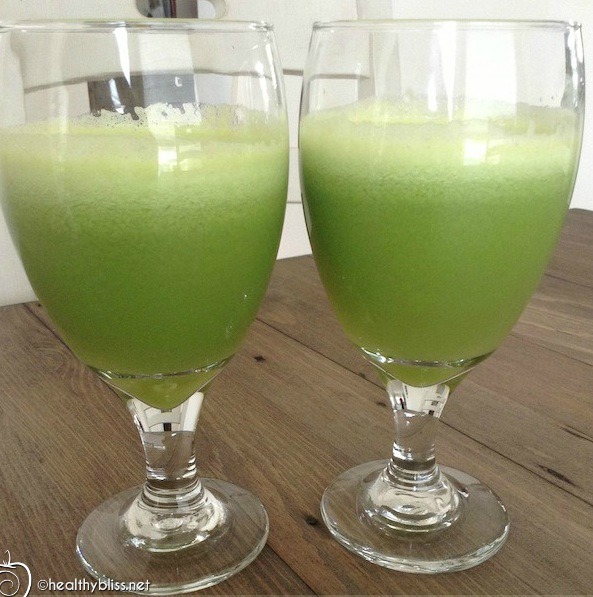

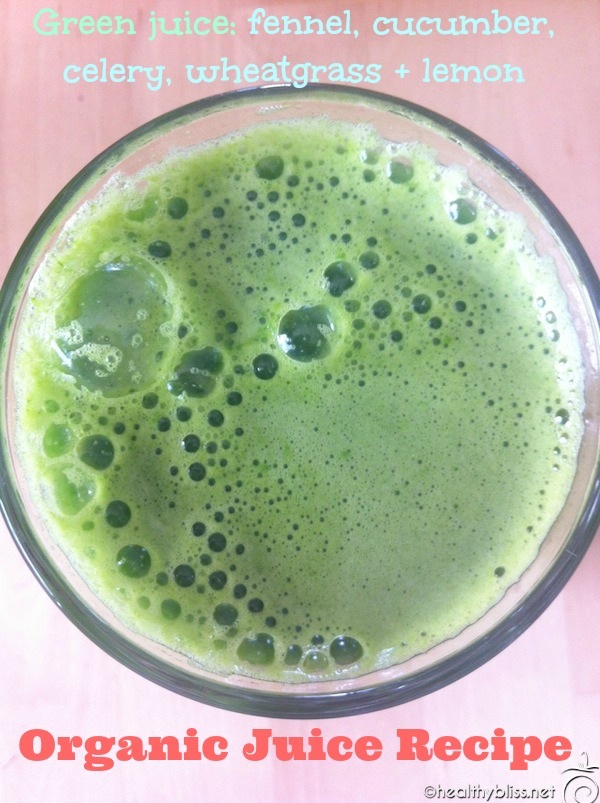












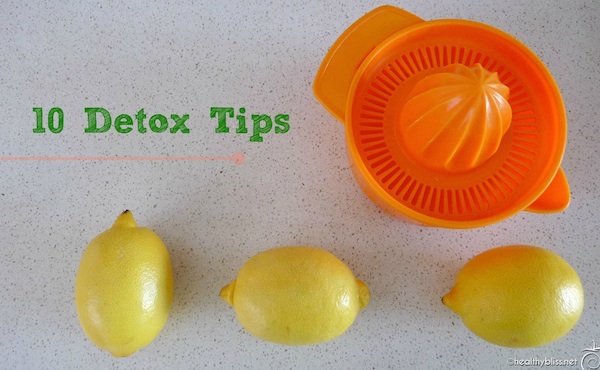
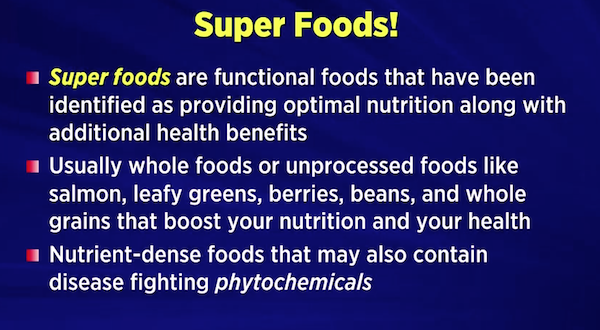
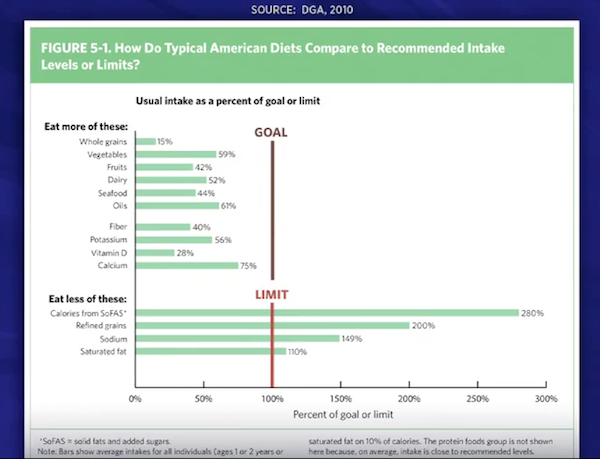
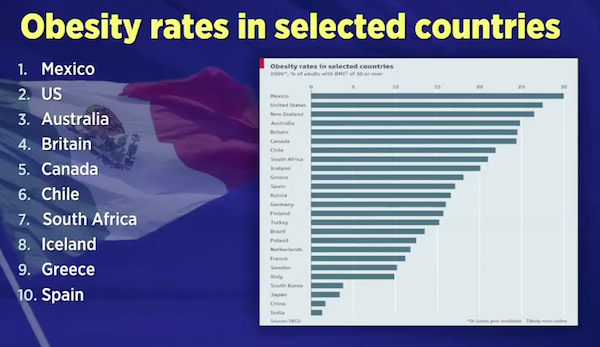

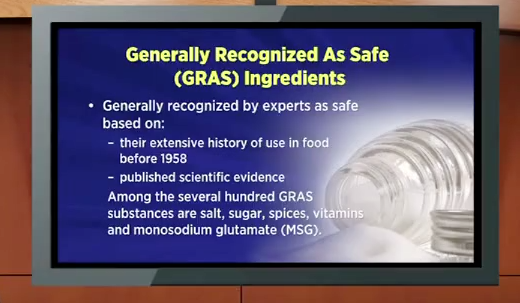

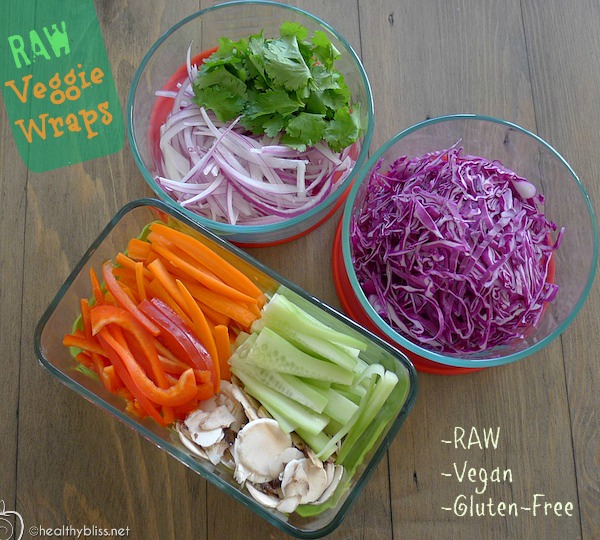


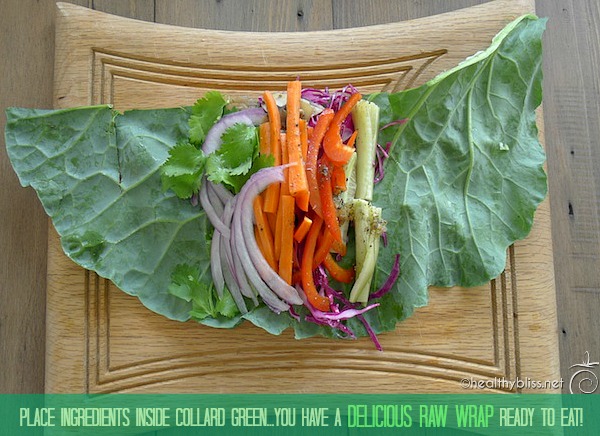
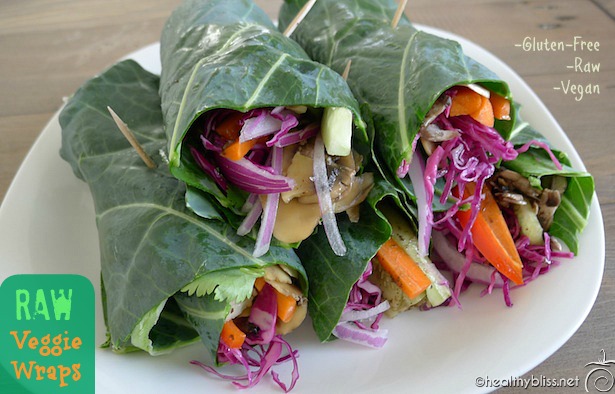
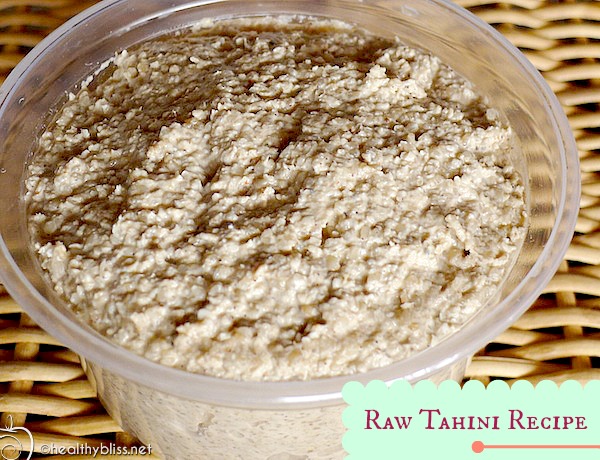







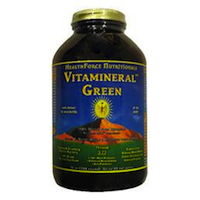







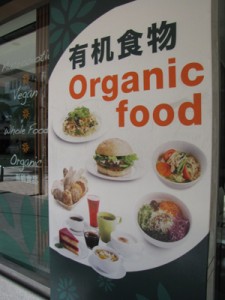
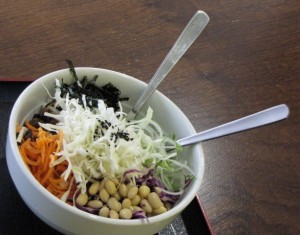
Follow Jennifer